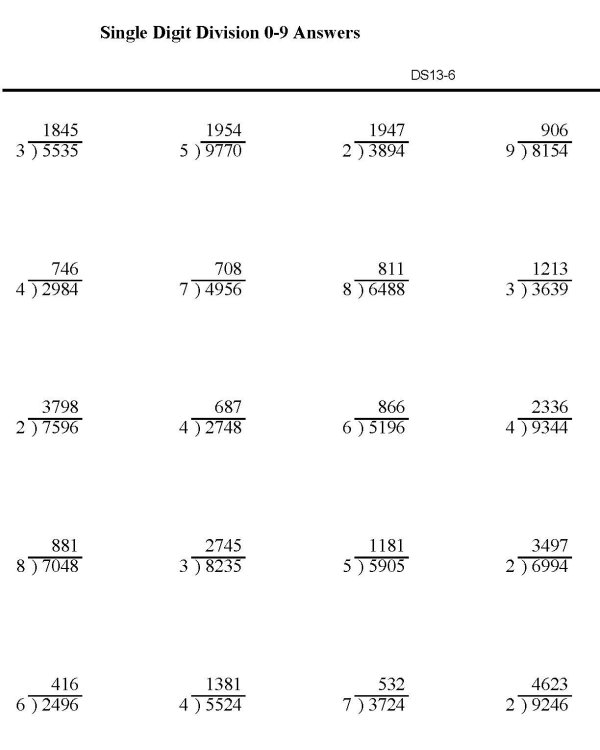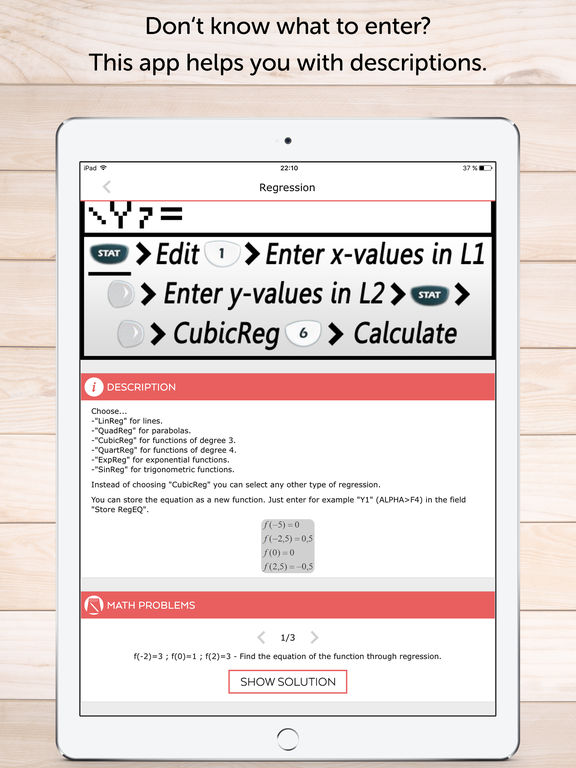
Step 3: Randomly select clusters to use as your sample There is no overlap because each student attends only one school. To cover the whole population, you need to include every school in the city. You should be aware of this when performing your study, as it might affect its validity.ĬlustersYou cluster the seventh-graders by the school they attend. However, in practice, clusters often do not perfectly represent the population’s characteristics, which is why this method provides less statistical certainty than simple random sampling, and is more prone to research biases like selection bias.īecause clusters are usually naturally occurring groups, such as schools, cities, or households, they are often more homogenous than the population as a whole. Ideally, each cluster should be a mini-representation of the entire population. the same people or units do not appear in more than one cluster).

There not be any overlap between clusters (i.e.Taken together, the clusters should cover the entire population.Each cluster should have a similar distribution of characteristics as the distribution of the population as a whole.You want every potential characteristic of the entire population to be represented in each cluster. Each cluster’s population should be as diverse as possible.Ideally, you would like for your clusters to meet the following criteria: The quality of your clusters and how well they represent the larger population determines the validity of your results. This is the most important part of the process. PopulationIn your reading program study, your population is all the seventh-graders in your city. Step 1: Define your populationĪs with other forms of sampling, you must first begin by clearly defining the population you wish to study. You thus decide to use the cluster sampling method. However, you can easily obtain a list of all schools and collect data from a subset of these. It would be very difficult to obtain a list of all seventh-graders and collect data from a random sample spread across the city. Research exampleYou are interested in the average reading level of all the seventh-graders in your city. The simplest form of cluster sampling is single-stage cluster sampling. Frequently asked questions about cluster sampling.Fractions, Decimals, & Percentages Cards e.g.Using Ratios & Proportions (From Example/Guidance).Ratios & Unit Rates (From Example/Guidance).
#Random math problem generator how to#
How To Simplify Ratios (From Example/Guidance).Direct Proportion (From Example/Guidance).Understand ratio concepts and use ratio reasoning to solve problems Similar to the above listing, the resources below are aligned to related standards in the Common Core For Mathematics that together support the following learning outcome: Fractions, Decimals, & Percentages (2 of 2) – fill in equivalents chart.Fractions, Decimals, & Percentages (1 of 2) – fill in equivalents chart.



#Random math problem generator plus#
Converting Between Ounces & Grams (0g – 1000g plus blank scaled lines).Equivalent Fractions, Percentages, & Decimals.Customizable Percentage Chart – You enter the values!.Use ratio reasoning to convert measurement units manipulate and transform units appropriately when multiplying or dividing quantities.Find a percent of a quantity as a rate per 100 (e.g., 30% of a quantity means 30/100 times the quantity) solve problems involving finding the whole, given a part and the percent.For example, if it took 7 hours to mow 4 lawns, then at that rate, how many lawns could be mowed in 35 hours? At what rate were lawns being mowed? Solve unit rate problems including those involving unit pricing and constant speed.Make tables of equivalent ratios relating quantities with whole-number measurements, find missing values in the tables, and plot the pairs of values on the coordinate plane.Use ratio and rate reasoning to solve real-world and mathematical problems, e.g., by reasoning about tables of equivalent ratios, tape diagrams, double number line diagrams, or equations. The various resources listed below are aligned to the same standard, (6RP03) taken from the CCSM ( Common Core Standards For Mathematics) as the Percentages Worksheet shown above.


 0 kommentar(er)
0 kommentar(er)
